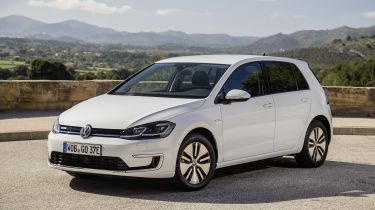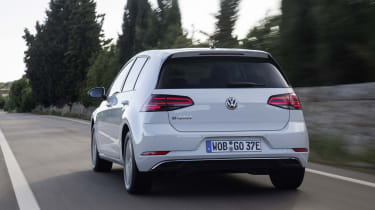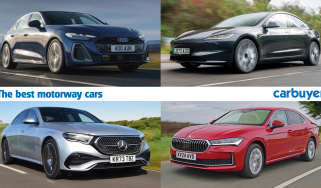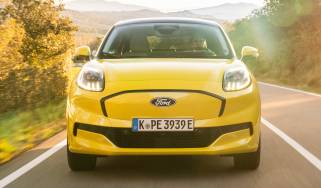Volkswagen e-Golf hatchback - MPG, running costs & CO2 (2014-2020)
Running costs are extremely low and range is decent
When weighing up the pros and cons of making the move to an electric car, for most people it’ll come down to running costs. Here, the Volkswagen e-Golf will make a lot of financial sense, particularly for company-car users, although private buyers could be quids-in, too.
Volkswagen e-Golf range & charge time
The most obvious difference between an e-Golf and a petrol or diesel version is that you’ll no longer need to visit filling stations. Instead, full battery range can be achieved by home charging from a standard three-pin domestic socket, or just four hours from a domestic fast-charger.
According to Volkswagen, a full charge will provide 186 miles of battery life, although we reckon 130 miles is a more realistic real-world range. While this can’t match the distance a diesel Golf will travel on a full tank, it’s worth remembering that the e-Golf’s battery technology allows a return to 80% battery capacity after 45 minutes connected to a public fast charger, and the network of these is rapidly expanding. This means you could time a charge to coincide with a rest stop at a motorway service area during a longer journey.
The e-Golf offers a similar range to the BMW i3, and if you mainly drive in urban areas, it’s likely that the potential for 130 miles of daily driving is more than sufficient. The biggest challenge may be settling into a daily routine of charging overnight for a full battery at the beginning of the day. It may well be worth your effort, though – a full charge costs only a few pounds, which is a big saving over paying for petrol or diesel.
More reviews
Car trim reviews
In-depth reviews
- Volkswagen Golf R review – the ultimate hot Golf
- Volkswagen Golf review - the go-to family hatchback
- Volkswagen Golf R estate review
Used car reviews
There are more savings to be made if you’re a company-car user. Thanks to zero emissions, you’ll pay just 9% Benefit-in-Kind (BiK) tax, compared to 26% for a Golf GTD with its 122g/km CO2 emissions. As the two models have a similar taxable (P11D) value, you could pay almost two-thirds less company-car tax for an e-Golf than a GTD.
Private owners will also enjoy the e-Golf’s road-tax-exempt status and London-based drivers will relish the fact that the city’s Congestion Charge doesn’t apply. However, it has been suggested that the possibility of battery replacement at some point means the e-Golf may lose its value significantly quicker than other models in the range.
Insurance group
The e-Golf is rated group 20 for insurance, compared to group 27 for the Golf GTD diesel, or group 32 for the entry-level Golf GTI. The rival Ford Focus Electric is also in group 20, while the BMW i3 is in group 21.
Warranty
Every Volkswagen sold in the UK has a three-year/60,000-mile warranty, which is backed up by an eight-year/100,000-mile warranty for the battery.
Servicing
Where a Volkswagen car, such as the e-Golf, is powered only by an electric motor, it must have an inspection at 20,000 miles or after two years, whichever is soonest. From that point on, an annual service is required, or sooner if another 20,000 miles elapses first. With fewer moving parts, servicing is unlikely to be costlier than for a regular petrol or diesel Golf.













